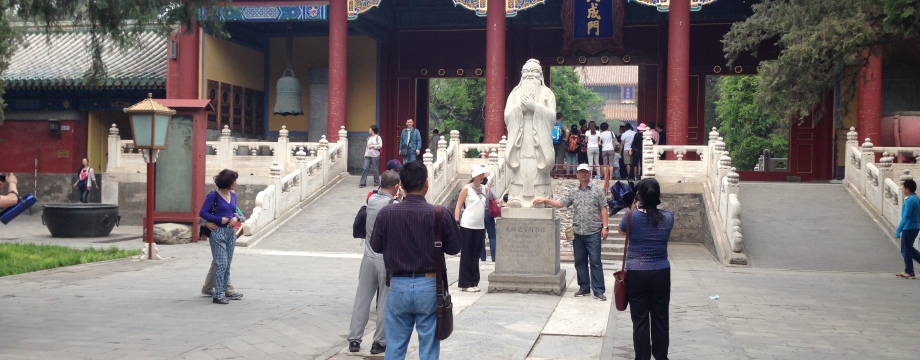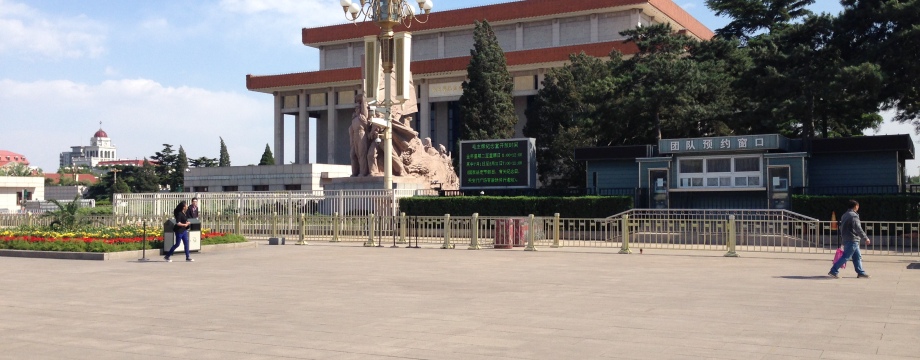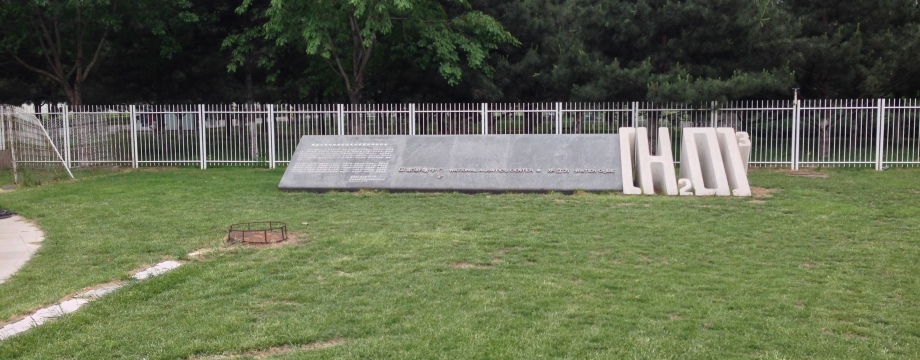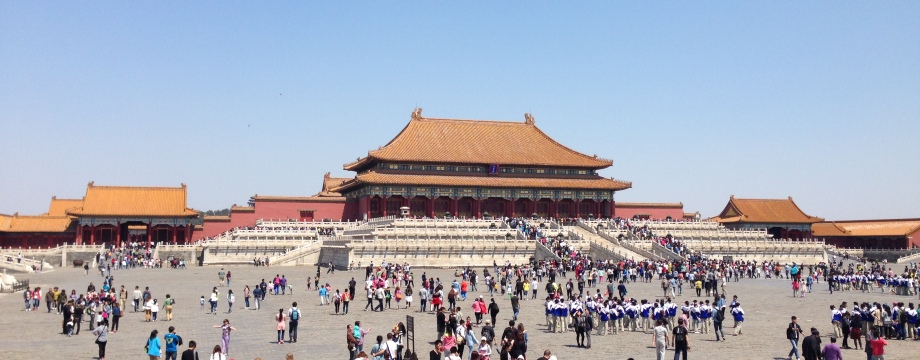The Beijing Temple of Confucius (北京孔庙 or Běijīng kǒngmiào) is the second largest Confucian Temple in China. 庙 (miào) also means shrine, so this place could be considered more of a shrine to Confucius and his teachings rather than an actual Temple.
The temple contains a few museums detailing in brief the history of Confucius, how he travelled China, spreading his ideas and teachings; and building schools. It shows how Confucius created standardised exams, and is apparently the source of our modern-day education systems. It also shows his influence on other countries right up to the modern age.
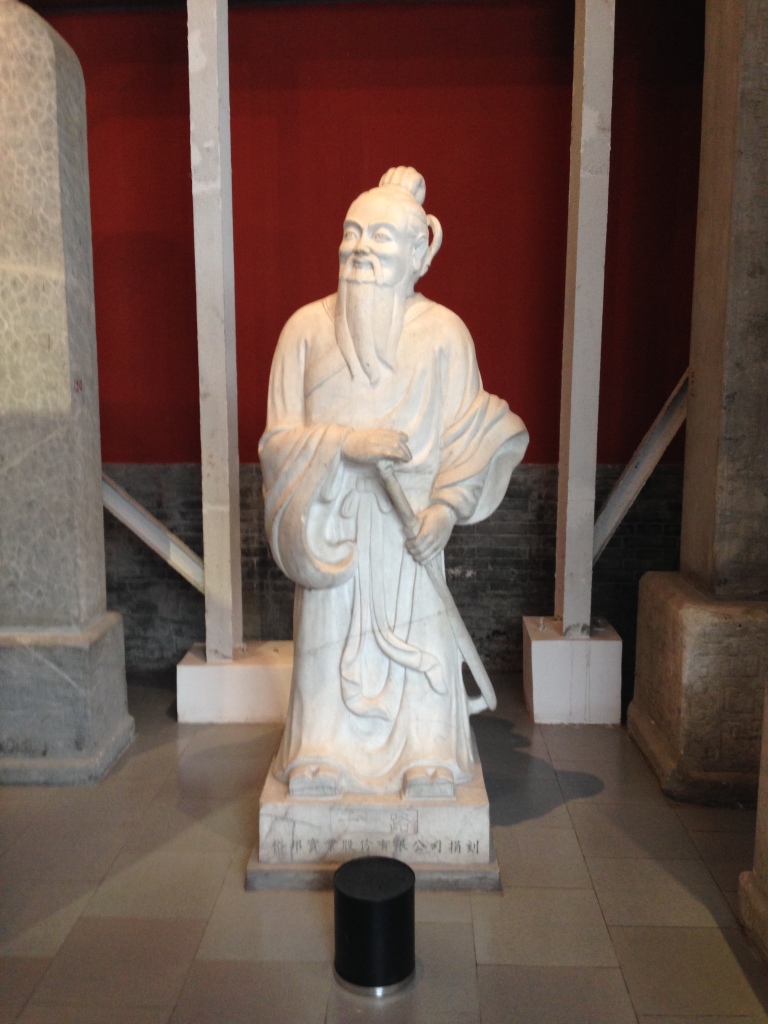
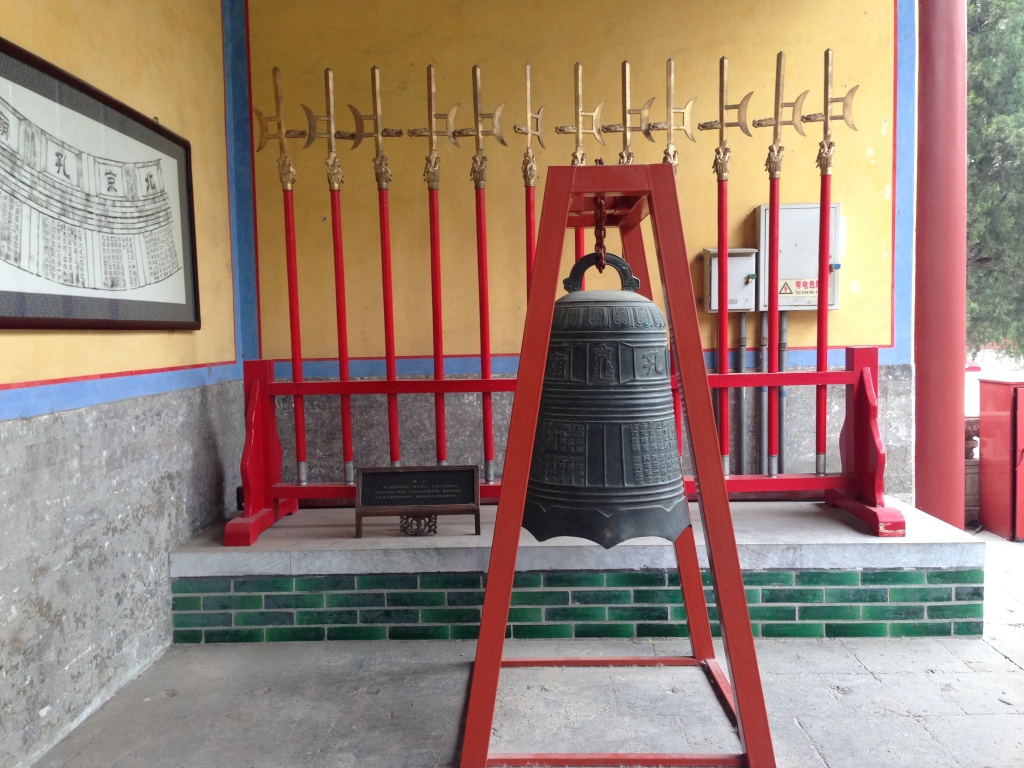
His philosophy is detailed in brief – his ideas of honesty and piety and what they mean. One story told in the museum was that of a young boy whose father blamed him for a bad harvest:
The father beat the boy to within an inch of his life as punishment, since new seed would be expensive. When the boy had recovered he remained subservient to his father, by way of apology for the trouble he caused.
When he next saw Confucius the teacher wouldn’t speak to him at first. When the boy asked why, Confucius explained that it was the boy’s responsibility to call out his father on his wrongdoings. What if his father had beaten him to death?
Confucius believed anyone had the right to an education, no matter their background: rich and poor alike are capable of learning. He was also portrayed as an atheist (or as atheist as he could be at the time). He would go through the motions of prayer out of respect, but apparently had no faith in them.
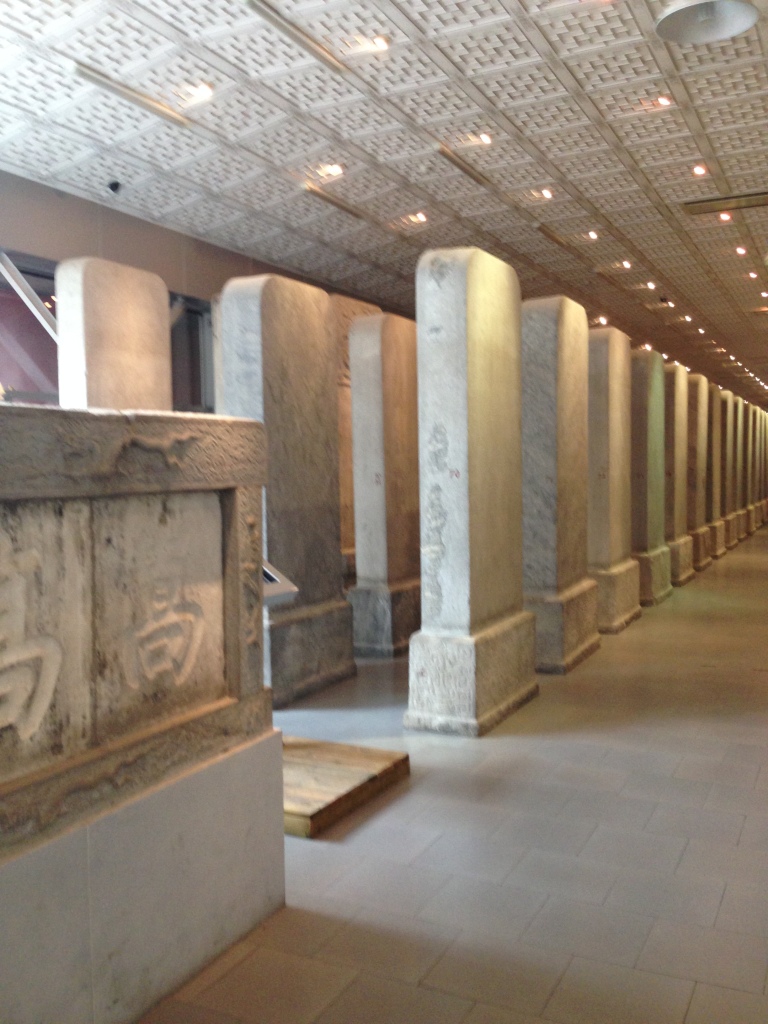
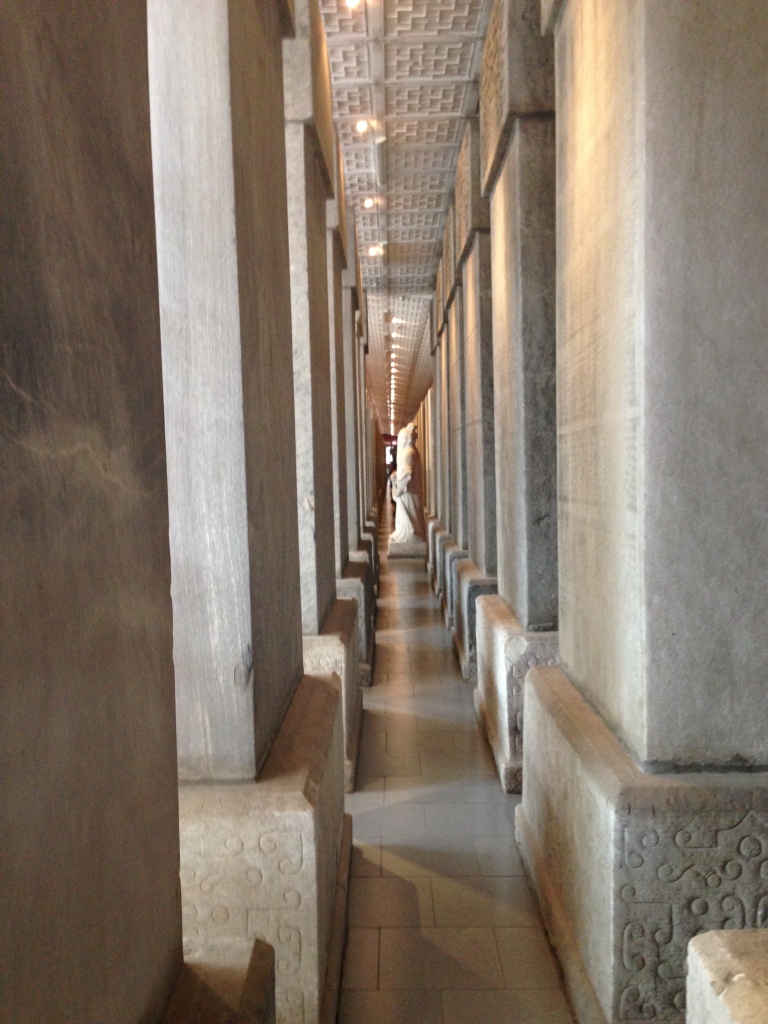
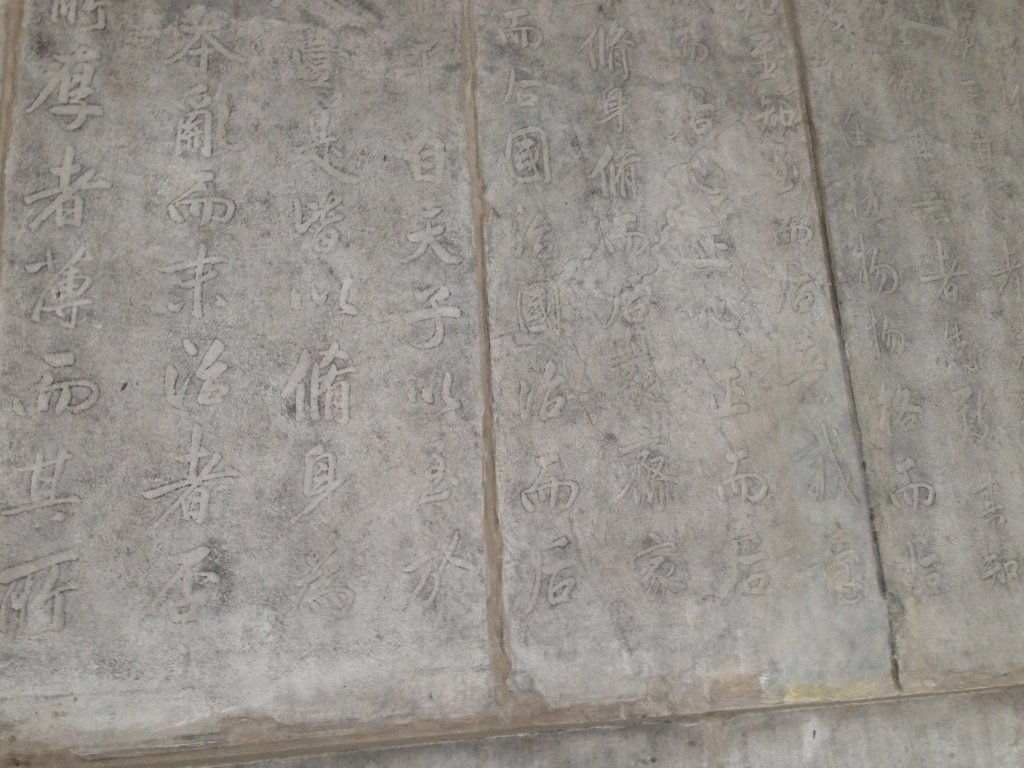
The temple also contains a huge number of well-preserved stone tablets, listing more than 50,000 of the advanced Confucian scholars throughout history. It’s an impressive site, and they can still be read today (if you’re inclined to memorise every name, that is).

